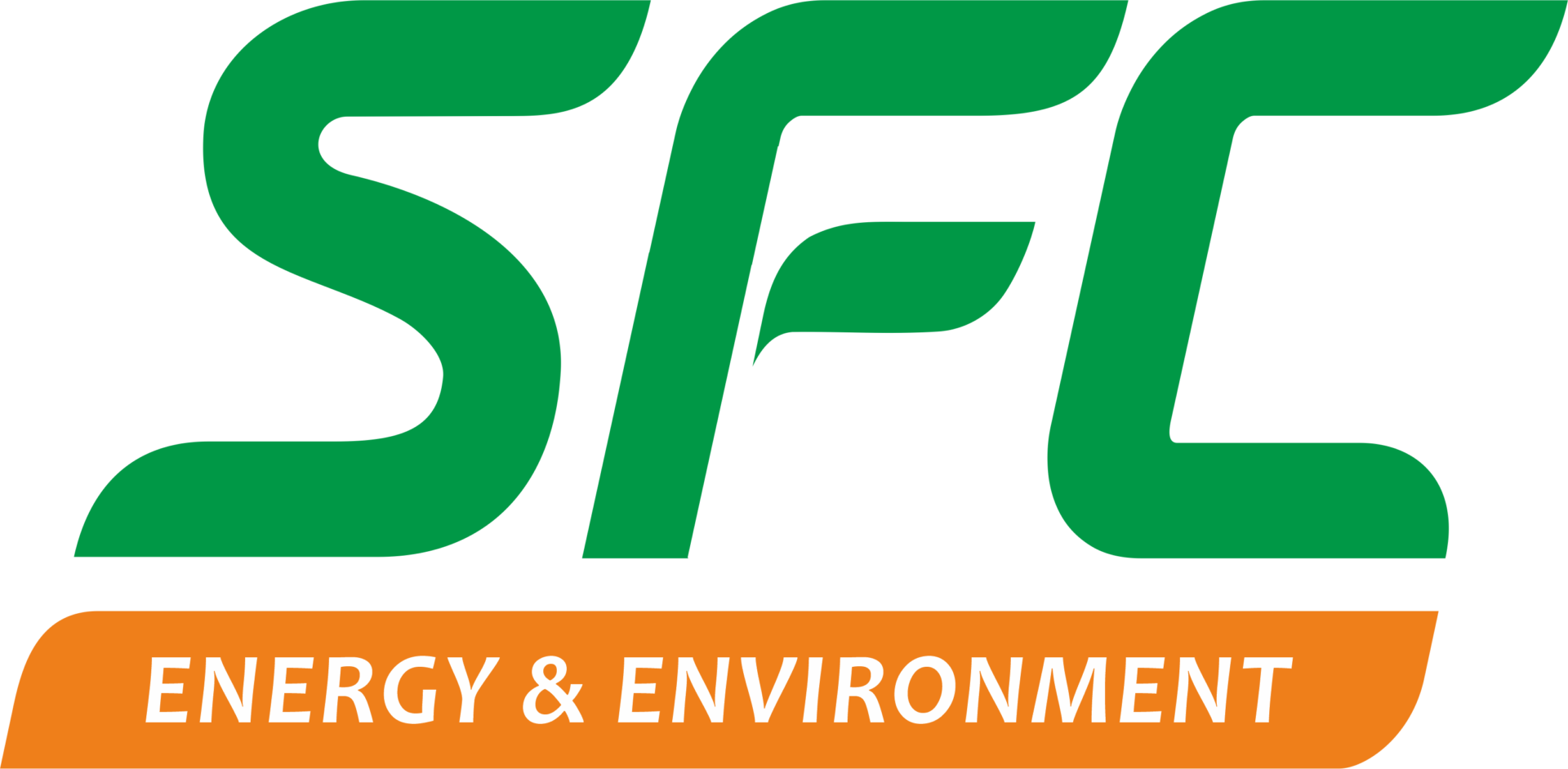As industries expand and urban populations grow, the demand for clean water is rising at an unsustainable rate. In response, regulatory authorities, environmentalists, and responsible businesses are turning their focus to a transformative goal: Zero Liquid Discharge (ZLD). ZLD is not just an ambitious sustainability benchmark—it is becoming an operational necessity in water-stressed regions, particularly in countries like India.
But achieving ZLD is no small feat. It requires a carefully engineered strategy with efficient wastewater treatment methods at its core. In this blog, we’ll explore the significance of ZLD, how wastewater treatment technology enables it, and why it’s especially relevant in the context of wastewater treatment in India.
What Is Zero Liquid Discharge (ZLD)?
Zero Liquid Discharge refers to a water treatment process in which no liquid waste leaves the boundaries of a facility. All wastewater is treated, recycled, and reused, while solids and other contaminants are extracted for safe disposal or reuse.
The result?
- 100% reuse of treated water
- Zero water discharge into the environment
- Minimized environmental impact
This goal is especially critical in water-stressed countries like India, where industries are under increasing pressure to reduce their water footprint and comply with environmental mandates.
Why ZLD Matters
According to the Guardian, globally, water demand is expected to exceed supply by 40% by 2030 if current trends continue, according to a report by the 2030 Water Resources Group. In India, the situation is even more pressing:
- Central Pollution Control Board – CPCB states that over 70% of surface water is contaminated, making it unsafe for consumption.
- According to Ministry of Jal Shakti, 2021 India treats only about 37% of the 72,368 MLD (Million Liters per Day) of sewage it generates.
- Industrial water demand in India is projected to increase by 2.5 times by 2030 as per NITI Aayog.
The drive toward Zero Liquid Discharge is not just an environmental imperative but also a regulatory requirement in many regions. Sectors like textiles, power, pharmaceuticals, and chemicals are increasingly mandated by pollution control boards to implement ZLD systems.
The Role of Wastewater Treatment in Achieving ZLD
Achieving ZLD requires a holistic, multi-stage approach to water management. This includes:
- Primary Treatment: Removes large solids and sediment through screening and sedimentation.
- Secondary Treatment: Biological treatment to degrade organic pollutants using activated sludge or other biological processes.
- Tertiary and Advanced Treatment: This is where Advanced Wastewater Treatment Solutions come in—employing filtration, reverse osmosis (RO), and evaporation to remove dissolved salts and contaminants.
- Sludge Handling: Safe disposal or reuse of the sludge generated.
These stages ensure that every drop of water is either reused or transformed into a usable by-product, leaving no liquid waste behind.
Challenges in ZLD Implementation
While the concept of ZLD is promising, practical implementation presents challenges:
- High Capital & Operating Costs: ZLD systems can be expensive to install and run, especially with energy-intensive processes like RO and thermal evaporation.
- Complex Operations: ZLD requires integration of several treatment systems that need to operate in harmony.
- Salt Management: The disposal or reuse of salts and solid waste extracted from wastewater is still a concern.
Despite these challenges, the right combination of wastewater treatment technology and operational expertise can make ZLD a reality.
ZLD and Wastewater Treatment in India
India’s unique challenges—ranging from water scarcity to pollution—make it a fertile ground for ZLD adoption. However, the country still has a long way to go:
- Many industrial units lack advanced treatment systems.
- Urban wastewater infrastructure is often outdated or under capacity.
- Enforcement of environmental regulations can be inconsistent.
Nevertheless, innovation and public-private partnerships are beginning to drive change. The government’s Namami Gange Mission and the push for Smart Cities include significant investments in modern waste water treatment India infrastructure, creating opportunities for scalable and sustainable ZLD systems.
The Road Ahead: Innovation & Integration
Modern ZLD systems are increasingly powered by smart technologies and real-time monitoring. Innovations in membrane filtration, energy recovery, and automated process control are making ZLD more efficient and cost-effective.
Integrated systems—where energy generation, water recycling, and waste processing work together—are emerging as the future of sustainable industrial ecosystems. These systems don’t just comply with regulation—they create long-term operational resilience and environmental goodwill.
How SFC Is Enabling Sustainable Water Futures
At SFC Environmental Technologies, we understand that sustainability isn’t a buzzword—it’s a responsibility. Our proprietary C-Tech solution is a proven advanced wastewater treatment solution, designed to efficiently treat and recycle sewage and industrial effluent. With over 300 installations across India and abroad, we help clients across sectors move closer to achieving Zero Liquid Discharge.
Our systems are engineered for reliability, scalability, and sustainability—ensuring that treated water meets the most stringent reuse standards.
Whether you’re looking to upgrade your plant, reduce your water footprint, or meet compliance standards, we offer end-to-end support for your wastewater treatment needs.
Conclusion
Zero Liquid Discharge is more than a regulatory requirement; it is a vision for a cleaner, more sustainable future. And with the right strategy, technology, and partners, it is entirely achievable.
As water scarcity and pollution continue to escalate, industries must shift from consumption to conservation and wastewater, once a liability, must be seen as an asset.
At SFC Environmental Technologies, we understand that sustainability is not a buzzword; it is a responsibility. Our proprietary C-Tech solution is a proven advanced wastewater treatment solution, designed to efficiently treat and recycle sewage and industrial effluent. With over 300 installations across India and abroad, we help clients across sectors move closer to achieving Zero Liquid Discharge.
Our systems are engineered for reliability, scalability, and sustainability, ensuring that treated water meets the most stringent reuse standards. Whether you are looking to upgrade your plant, reduce your water footprint, or meet compliance standards, we offer end-to-end support for your wastewater treatment needs.
Let us reclaim water, restore balance, and reshape the future together.



